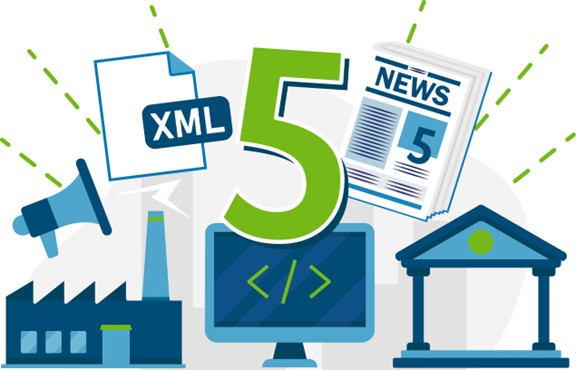On 27 November 2020, the obligation to submit electronic invoices to the federal administration entered into force. Since then, both invoice recipients and suppliers in the field of public procurement have made significant progress. Time for a brief review.

A Milestone with Signal Effect
The obligation was introduced under the Federal E-Invoicing Ordinance (E-RechV), transposing EU Directive 2014/55/EU into national law. Since then, suppliers have been required to transmit invoices electronically in a structured format—unless an exemption under Section 3(3) E-RechV applies. This measure marked a milestone in the digitalisation of public administration and the starting point for electronic invoice processing in the federal administration.
Growing Acceptance and Volume
Since the introduction of e-invoicing, the volume of electronic invoices has grown steadily: More than 14 million e-invoices have been submitted via the federal invoice submission portals. In October 2025 alone, 265,255 invoices were received. The number of registered invoice issuers is also increasing: by the end of October 2025, nearly 80,000 invoice issuers were registered on the Online Access Act-compliant Invoice Submission Portal (OZG-RE), with almost 20,000 new registrations recorded since May 2025 (not including the ongoing platform consolidation from ZRE to OZG-RE).
Dialogue Formats, Training and Information Services
The introduction of e-invoicing represented a shift in existing processes and working methods for all parties involved. To support this transition, it was accompanied from the outset by information resources, including the central website featuring FAQs, tutorials and user guides. Especially during the initial phase, tailored training and consultation sessions proved vital to dispel uncertainties and build trust. A key format that has since been established is the “Behörden Forum”, a central networking event for public bodies providing dialogue-based updates on the latest developments in e-invoicing procedures.



